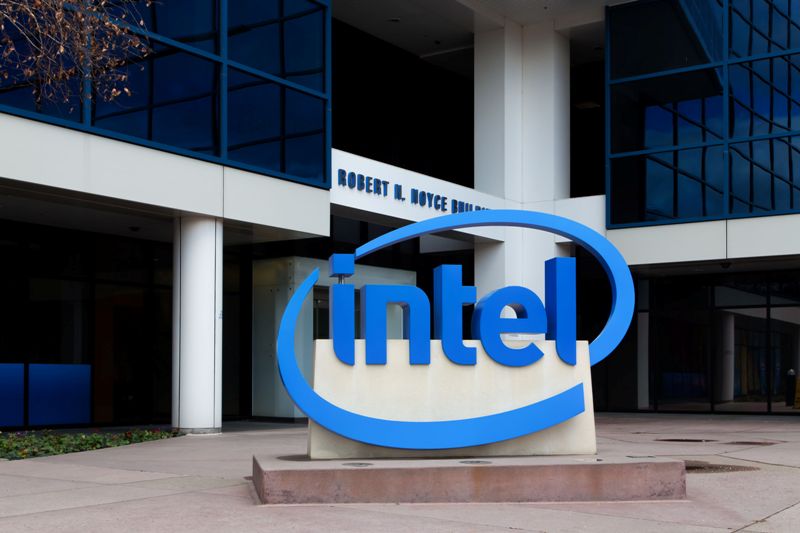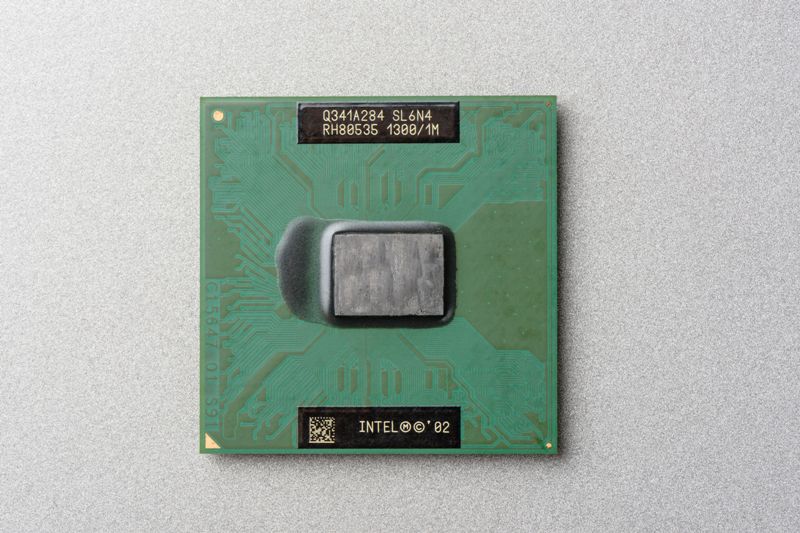Intel’s New Processor - 14nm
Intel’s new processor 14nm is the successor to the 22nm. The nm or nanometer refers to the size, which means the new one has achieved about 36% decrease in size. Does that mean the 14nm is mainly targeted for Android and Chrome devices, remains to be seen? However, the launch may be delayed to the last quarter of this year. According to Intel company sources everything is working as per schedule and good progress has been made with the manufacturing process of 14nm chip and 3D transistors.

The manufacturing process for 22nm was introduced with the third generation processors called Ivy Bridge. The micro architecture changes that were aimed for achieving basic improvements at the level of the circuitry is expected to continue with the die shrink of 14nm. Experts als suggest that the speed cycle could increase by 7% compared to the 22nm. Codenamed Broadwell, the 14nm is the die shrink for Haswell micro architecture. The 14nm adopts MCP (Multi Chip Package) layout, which is expected to put the IVR (Integrated Voltage Regulator) back onto the motherboard. This is being done to reduce the heat production of the CPU.
The Tick Tock Strategy
Intel applies a “Tick-Tock” strategy in chip manufacture since 2007. The “tock” is the development of a new micro architecture, and the “tick” is an attempt to shrink the die of the new micro architecture. About every 18 months, Intel aims for a tick or a tock. The new micro architecture of the 22nm developed in June of 2013 is now being die shrunk with the development of the 14nm. The next in line would be improving the micro architecture of the 14nm, and then a proposed die shrink to 10nm.
Roadmap up to Now
The Broadwell 14 nm processor was showcased by Intel on September 2013 at an IDF demonstration. The CEO of Intel announced that this chip would enable systems to use power more efficiently by 30 percent compared to the predecessor Haswell chips of mid 2013.

On October 2013, a leaked report indicated that Broadwell K-series would be released during late 2014 on the LGA 1150 platform, along with a refresh Haswell chip. This release would coincide with Intel 9 series chipset’s release, as the Broadwell processor will require such change in chipset for accommodating LGA 1150 socket’s power specifications.
Early in February 2014, sources revealed that production of the Broadwell chip would be postponed from the 1Q 2014 to 4Q 2014, and mass shipments would be expected in 1Q 2015.
Effects of the Delay
The delay of the Broadwell 14nm release is expected to affect the PC market quite badly. The PC market is already in a bad state with slumped sales, and the industry is looking to Intel for a rosier picture in the long term. According to industry analysts, the introduction of 14nm into the market and the development of further nodes are especially important during the present times.
From the time chip replacement cycles have slowed down, OEMs are desperately awaiting advanced technologies that will align x86 power with the thinner and lighter tablets. Delay with the Broadwell will hurt this objective. The delay on the other hand will give time to competitors like Global Foundries and TSMC to ramp up their production of 20nm chips. This is going to eat into the lead-time of two years accomplished by Intel in new cutting edge foundry technology.
Intel was planning to penetrate the tablet market effectively in 2014, but that plan seems to be more difficult to achieve with the delay in 14nm. It also puts ARM devices with 20nm chip at an advantage when performance per watt is compared.



